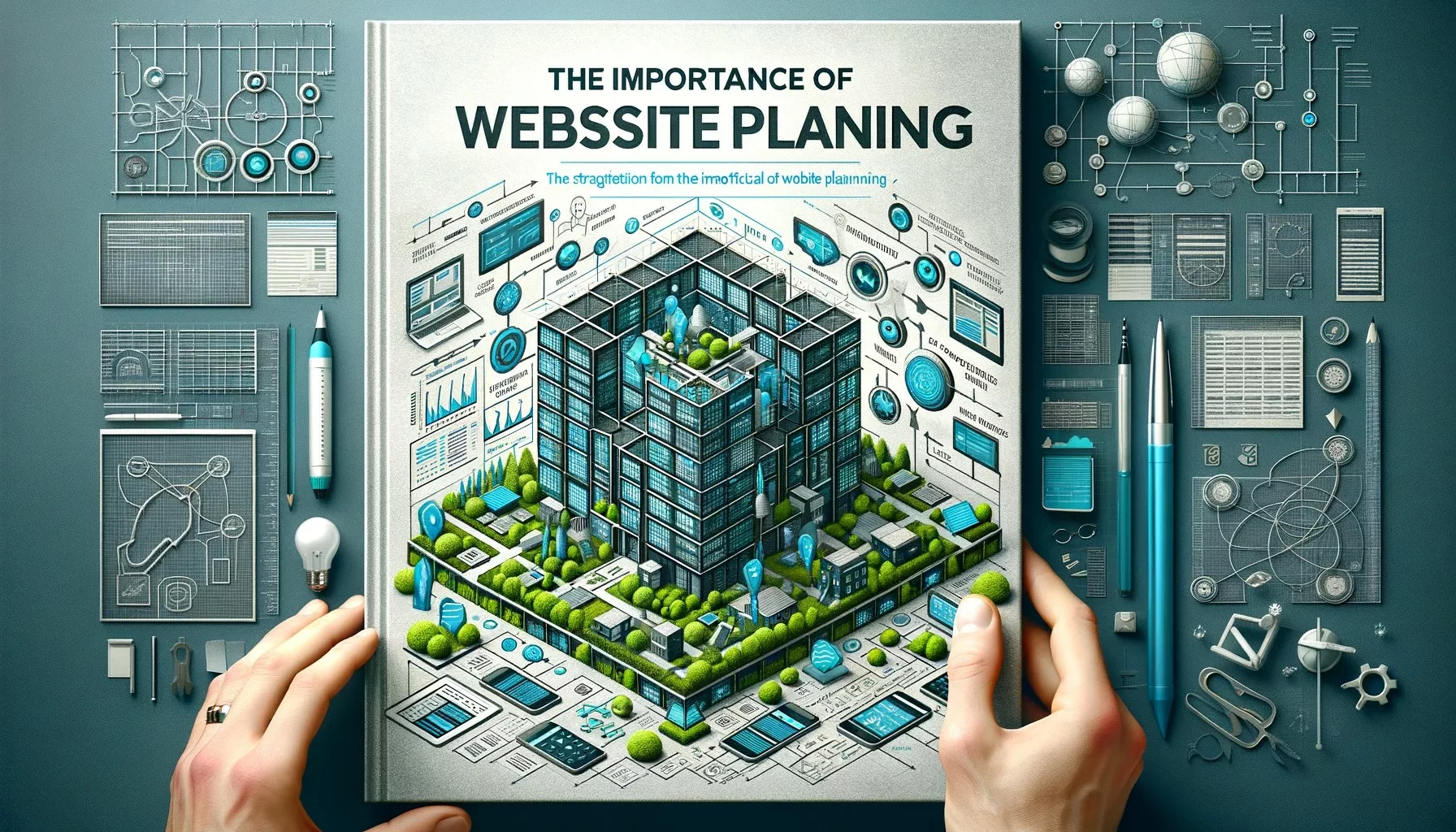Discover the importance of effective website planning and learn key steps and strategies to ensure the success of your web development project. From defining objectives to creating wireframes and conducting user research, explore how proper planning sets the foundation for a successful website.
Website planning is a crucial step in the web development process, laying the groundwork for a successful website that meets the needs of both businesses and users. Effective planning ensures that the website aligns with business objectives, resonates with the target audience, and delivers a seamless user experience. Here are key steps and strategies for effective website planning:
- Define Objectives and Goals:
Start by clearly defining the objectives and goals of your website. Identify the purpose of the website, whether it’s to showcase products or services, generate leads, drive sales, or provide information. Set measurable goals that align with your business objectives, such as increasing website traffic, improving conversion rates, or enhancing brand awareness. - Conduct Market Research:
Conduct thorough market research to understand your target audience, competitors, and industry trends. Identify your target demographic, their needs, preferences, and pain points, and conduct user surveys or interviews to gather insights. Analyze competitor websites to identify strengths, weaknesses, and opportunities for differentiation. - Create User Personas:
Develop user personas based on your research findings to represent different segments of your target audience. Create detailed profiles that outline demographic information, behaviors, goals, and challenges of each persona. Use user personas to inform design decisions, content creation, and functionality requirements to ensure the website meets the needs of its intended users. - Define Content Strategy:
Develop a comprehensive content strategy that outlines the types of content you’ll create, how it will be organized and presented on the website, and how it will support your business goals and user needs. Conduct a content audit to assess existing content assets and identify gaps or areas for improvement. Create a content plan that includes a content calendar, topics, keywords, and distribution channels. - Create Information Architecture:
Develop a clear and intuitive information architecture (IA) for your website to ensure easy navigation and findability of content. Create a site map that outlines the hierarchy and structure of pages, categories, and subcategories. Use card sorting or tree testing techniques to validate your IA and ensure it aligns with user expectations and mental models. - Design Wireframes and Prototypes:
Create wireframes and prototypes to visualize the layout, structure, and functionality of your website before proceeding with full-scale design and development. Wireframes outline the basic structure and content layout of each page, while prototypes provide interactive mockups that simulate user interactions and workflows. Gather feedback from stakeholders and users to iterate and refine your designs. - Plan for SEO and Accessibility:
Incorporate search engine optimization (SEO) and accessibility considerations into your website planning process from the outset. Identify relevant keywords and optimize content to improve search engine visibility and rankings. Ensure that your website design and content are accessible to users with disabilities by following web accessibility guidelines such as WCAG (Web Content Accessibility Guidelines). - Establish Technical Requirements:
Define the technical requirements and specifications for your website, including hosting, domain registration, content management system (CMS), and third-party integrations. Choose a CMS that aligns with your business needs, budget, and technical expertise, and ensure that it supports your content management and publishing workflows. - Set Budget and Timeline:
Establish a realistic budget and timeline for your website project based on your objectives, scope, and resources. Allocate resources for design, development, content creation, testing, and ongoing maintenance and support. Create a project plan with clear milestones, deliverables, and deadlines to keep the project on track and ensure timely completion. - Plan for Ongoing Maintenance:
Plan for ongoing maintenance and updates to keep your website running smoothly and up-to-date. Establish processes for content management, security monitoring, and performance optimization, and allocate resources for regular maintenance tasks. Monitor website analytics and user feedback to identify areas for improvement and optimization over time.
By following these key steps and strategies for effective website planning, businesses can ensure the success of their web development projects and create websites that deliver value to both businesses and users. Proper planning sets the foundation for a well-designed, user-friendly, and high-performing website that achieves its objectives and drives business results.
